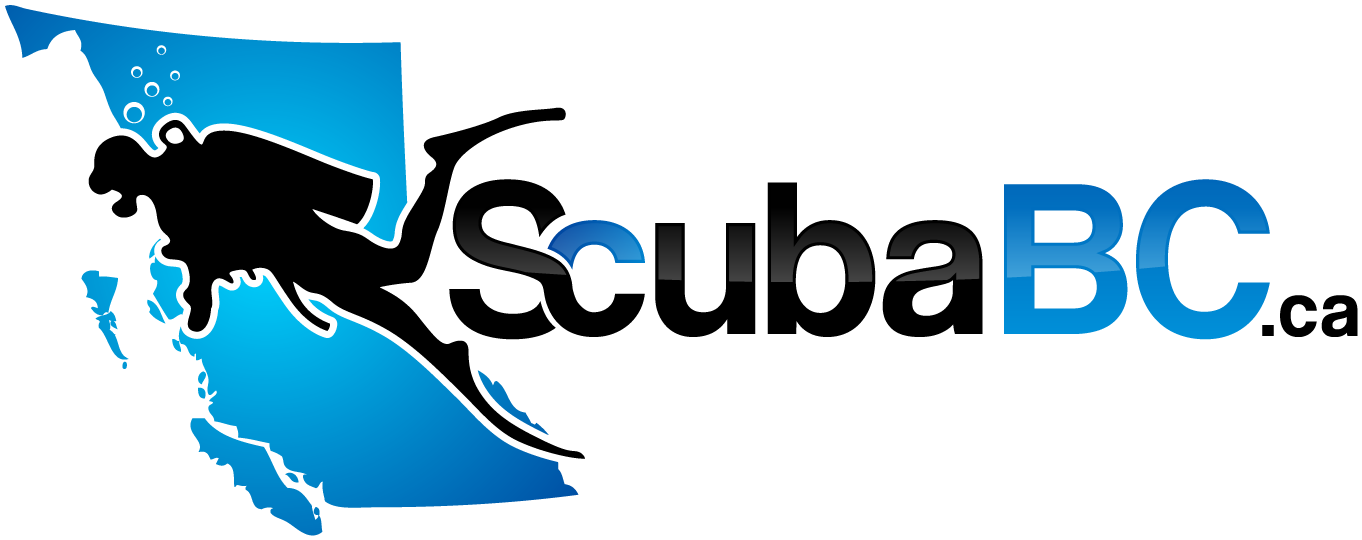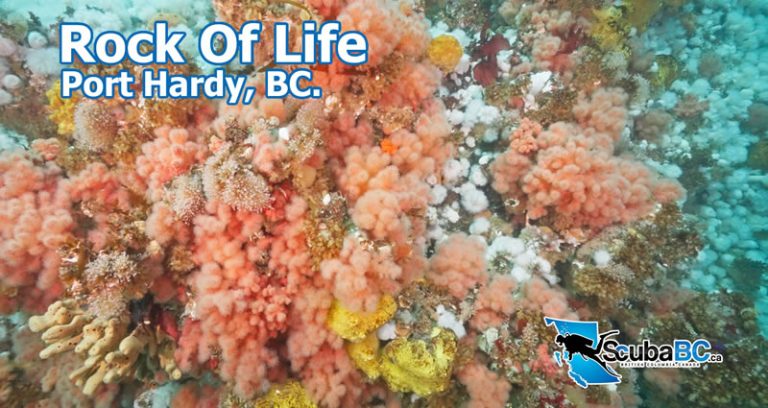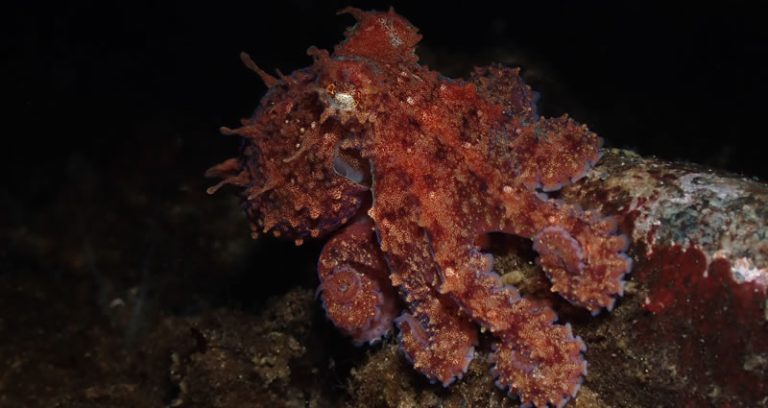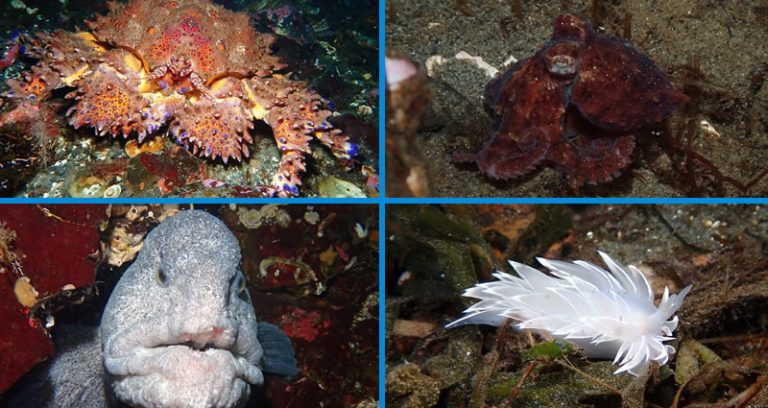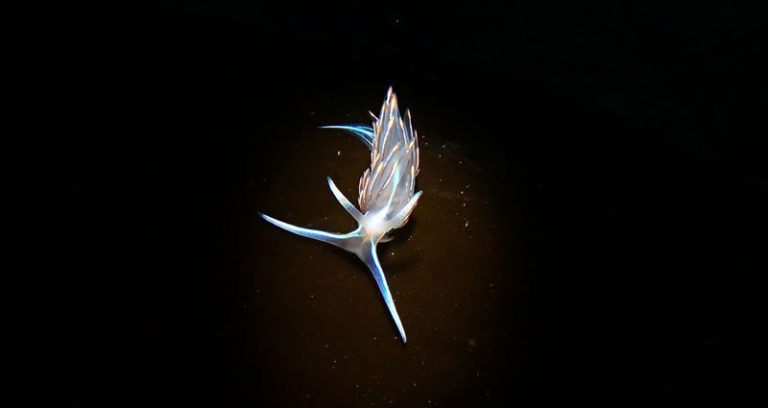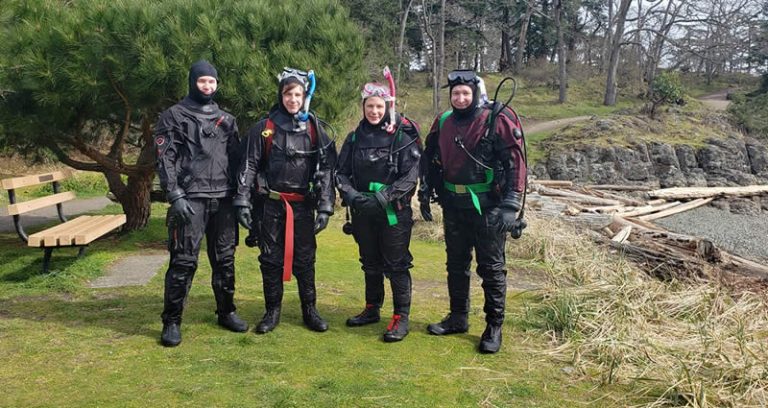When Is The Best Time Of Year To Scuba Dive On Vancouver Island?
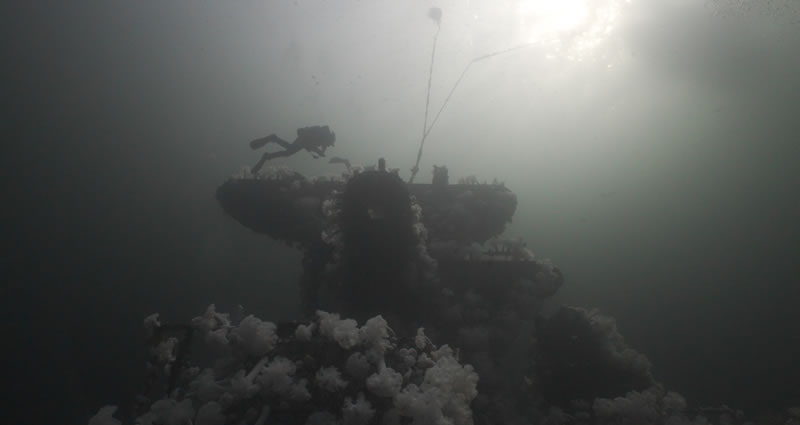
Vancouver Island is a popular destination for scuba divers from around the world, and for good reason. With its rugged coastline and diverse marine life, it offers a unique and exciting diving experience. However, like any diving destination, the timing of your visit can greatly affect the quality of your dive. In this article, we'll explore when the best time of year to scuba dive on Vancouver Island is, and what factors to consider when planning your trip.
If You Ask Locals When Is The Best Time Of Year To Scuba Dive On Vancouver Island? They Will Tell You Fall and Winter: Best Visibility
If you're looking for the best visibility for scuba diving on Vancouver Island, the fall and winter months (October to February) are generally the best time to visit. During this time, the water is usually at its clearest, with visibility often averaging 70-80 feet and often reaching 100 feet or more in some areas. This is due to a number of factors, including lower water temperatures, which causes fewer algae blooms.
While the visibility can still vary from dive site to dive site during the fall/winter months you're pretty much guaranteed good visibility. It is going to be cold however, with the strong possibility of wet, cold, winter weather. The water temperature remains pretty consistent year round but you'll want to add extra thermals and likely extra lead to your kit if you're diving here during the fall/winter.
As far as the good visibility goes, there is nothing like swimming along the wreck of the HMCS Saskatchewan at 100 feet deep and being able to clearly see the ripples on the surface. It's unreal!
Pacific Herring Spawn and Visibility
One of the most unique and fascinating events that takes place on Vancouver Island is the Pacific herring spawn. Every spring, millions of Pacific herring swim into the inlets and bays along the island's coast to lay their eggs.
This creates a massive feeding frenzy, as birds, sea lions, and other marine animals feast on the abundant fish. While this event can be a spectacular sight for scuba divers, it can also have a significant impact on visibility.
During the herring spawn, the female herring deposit their eggs on seaweed, kelp, and underwater vegetation. The male herring fertilize the eggs with their milt. This causes the water to become very murky and cloudy, reducing visibility to just a few feet in areas where they are actively spawning. This creates a "soup" of particles that can be very difficult to see through. For this reason, it's generally not recommended to scuba dive during the herring spawn, unless you're specifically interested in observing the event.
The herring spawn doesn't happen on a specific date but it generally happens during the month of March and it's locations can vary slightly from year-to-year. If you must come to the Island in March, aim for the first week so you can beat the spawn, anything after that and you're really rolling the dice.
Spring and Summer: Algae Blooms
While the fall and winter months offer the best visibility for scuba diving on Vancouver Island, the spring and summer months can still be a great time to visit, provided you're aware of the potential for often unpredictable algae blooms.
During this time, the water temperature rises, and the increased sunlight can trigger the growth of algae and other planktonic organisms. While this can create a rich and vibrant ecosystem, it can also lead to reduced visibility and lots of particulate in the water.
One of the most notable algae blooms on Vancouver Island is the "red tide", which is caused by the rapid growth of dinoflagellates, a type of planktonic organism. These blooms can create a reddish-brown discoloration of the water.
Despite the potential for algae blooms, the spring and summer months can still offer some excellent diving opportunities on Vancouver Island. The algae blooms often only affect the first 10-20 meters (30 to 60 feet) of the water column and you can often get below the poor visibility where it will open up. This can make for some pretty dark diving though, so make sure you have a good dive light and possibly a backup light too.
When the visibility is poor and you are unfamiliar with the dive sites it's a good idea to take part in some of the local, everyone welcome club dives that many dive shops facilitate. This can get you familiar with some of the local dive sites and you'll get too meet other divers. You also have the option of hiring a local divemaster for a guided dive and they can take you on a guided tour of some of the most popular dive sites, showing you the best of each location.
When Are You Planning Your Scuba Diving Trip To Vancouver Island?
In conclusion, the best time of year to scuba dive on Vancouver Island depends on your priorities and preferences. If you're looking for the best visibility, the fall and winter months are generally the best time to visit. If you want the best weather overall, while taking a chance that the diving might not be as good, then the summer months are probably the best time to come. The spring, March and April are pretty much a gamble.
If you're coming to Vancouver Island, specifically the Nanaimo area then you'll find up-to-date dive site maps along with gear rentals, local advice, and even guided dives at Nanaimo Dive Outfitters.
